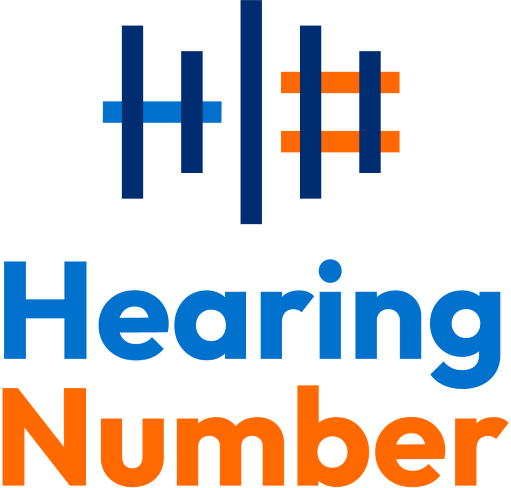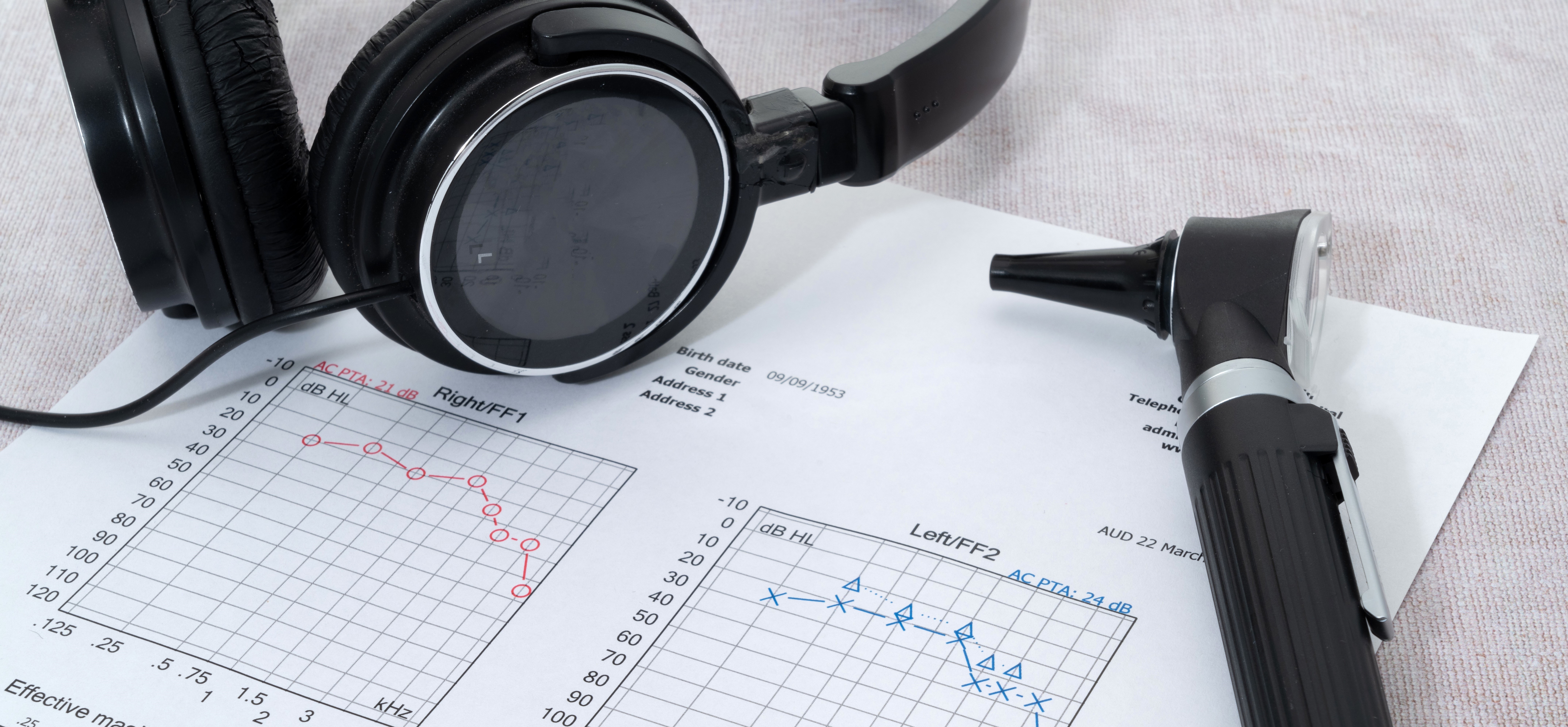Many of us know our height, weight, vision, blood pressure, and other measures of health and wellness. But what about our hearing?
Our ability to hear is foundational to healthy aging, and hearing loss is strongly linked to adverse health outcomes such as dementia and depression. Yet, there hasn’t been a consistent metric that allows us to understand and talk about it.
The Cochlear Center’s Know Your Hearing Number public health campaign introduces a common metric for hearing. The Hearing Number™ is the four-frequency pure tone average or PTA4, and it reflects how loud speech typically must be for someone to hear it. The Hearing Number ranges from about 0 to 100 dB and can be directly applied to the broad categories that WHO uses to define levels of hearing loss:
- Mild is a Hearing Number of 20 to 34
- Moderate is a Hearing Number of 34 to 49
- Moderately severe is a Hearing Number of 50 to 64
- Severe is a Hearing Number of 65 to 79
Embracing this simple number is a step toward improving the way people understand their own hearing, destigmatizing hearing loss, and empowering people to adopt communication strategies and hearing technologies that can improve their hearing and quality of life.

